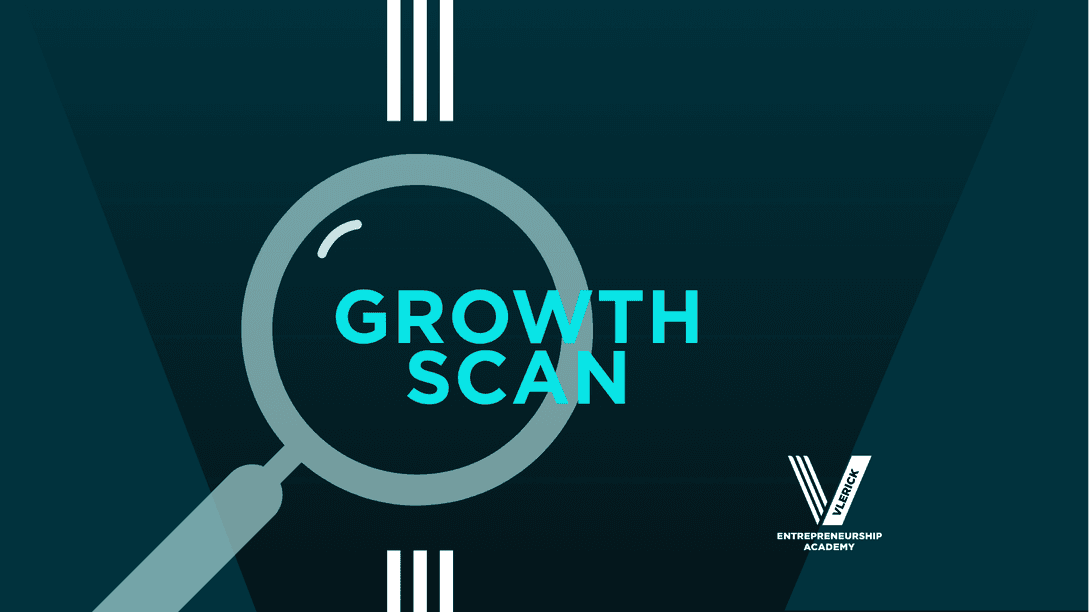Ownership strategy – and its underestimated impact on your company's success
By Miguel Meuleman
Professor of Entrepreneurship
The importance of ownership strategy is often underestimated. Many entrepreneurs fail to think about it sufficiently, if at all, but the choices you make, consciously or subconsciously, may indeed have a significant impact on the growth of your business. Should you open up your company to shareholders or not? And if you do, what kind of shareholders? Miguel Meuleman, Professor of Entrepreneurship at the Vlerick Entrepreneurship Academy, explains why it's important to reflect on your ownership strategy.

The ‘rich versus king’ dilemma
The things an entrepreneur needs to weigh up in terms of ownership strategy are actually quite straightforward. Miguel Meuleman explains them with reference to a study by Harvard Professor Noam Wasserman. “There are two extremes to the ownership dilemma: should you aim for maximum value creation (rich) or opt for control (king)? Entrepreneurs who relinquish control in favour of external capital create more valuable companies on average. Giving up control is not only about ownership, however, but also about changing your role in the company by bringing in an external CEO or taking a step back from the board of directors. Although the percentage of shares you own is lower, that proportion is worth more in absolute terms than for entrepreneurs who do not cede control. Typically, they remain at the helm of their company, at the expense of growth and value creation.” It is possible to stay in control and maximise value, but this is more the exception than the rule.

The impact of ownership strategy on your company's growth
Your company’s ownership structure can create competitive advantage. But it can also get in the way of growth. Professor of Entrepreneurship Miguel Meuleman sets out how different ownership models can impact success – and how to decide what’s right for your business.
Miguel does not believe either option is better than the other. “The choice mainly depends on your own ambitions. But I have noticed that some entrepreneurs don’t give enough thought to their financial structure and how their ownership strategy might contribute to value creation. Of course, there are clear trade-offs. If it’s your ambition to be independent and keep your company’s identity, that’s fine. But don’t underestimate the impact external investors can have on your growth. It’s essential for your own motivation to be aligned with your ownership strategy. A mismatch will lead to frustrations for yourself and other stakeholders.”
From unicorn to camel
We’ve all heard of ‘unicorns’: those companies that raise a huge amount of capital and grow fast, often at the expense of profitability in their early years. It’s a very aggressive, risky strategy, but it can also be very successful. At the other end of the spectrum are the camels. These companies are more conservative and focus more on profitability.
“We do see a certain amount of diversity among camels,” Miguel points out. “There are businesses that are completely independent. They finance their growth mainly with internal resources – by reinvesting their profits – perhaps with some financing of debt as well. Although keeping control may slow down growth, it’s certainly possible to build up a great company this way. You also find camels who are open to external investors now and then. However, they are very focused and deliberate about who they let in, with the aim of boosting their growth and cornering a larger share of the market. There are some sectors where you might need greater scale at some point, so you need external financing. Thus ‘growth equity’ refers to an emerging type of investor who buys minority interests in companies focused on growth. My message is above all to think about this enough, and often enough. What is the right ownership strategy for your company, given your personal ambitions and the challenges that may exist in the sector?”
Types of ownership modelPrivate (closed) model
Public model
Hybrid model
|
Time to reflect
Is your financial strategy aligned with your personal ambition as an entrepreneur and with your business strategy? And does that result respond to the challenges you face in the market? Miguel believes these are the questions every entrepreneur should ask themselves.
“It’s not just important to think carefully about ownership as a strategic choice. You also need to be brave enough to regularly question that triangle. Compare all the choices you have and look into what they might mean for your company. Today I see that a lack of financing limits many companies’ growth. These strategic questions can create a lot of value, but the choices you ultimately make will depend upon the course you want to take with your company,” Miguel concludes.

Want to grow your company in a sustainable way? Get a flavour of our Growth Scan© – a unique tool to help you identify the competencies you and your company need.
